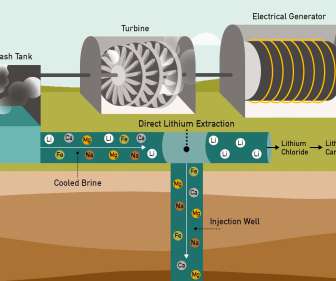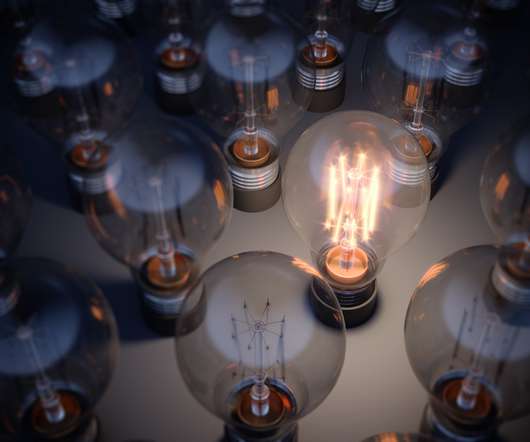New high energy, highly stable cathode for sodium-ion batteries
Green Car Congress
SEPTEMBER 16, 2013
F 0.7 , for sodium-ion (Na-ion) batteries (NIBs). While high-energy Li-ion batteries (LIBs) are expected to contribute in part to the solution, the high cost and low stability prohibit wide application in this area, the researchers observe. In a prior study, they developed a new Li-ion battery electrode—Li 1.1


























Let's personalize your content